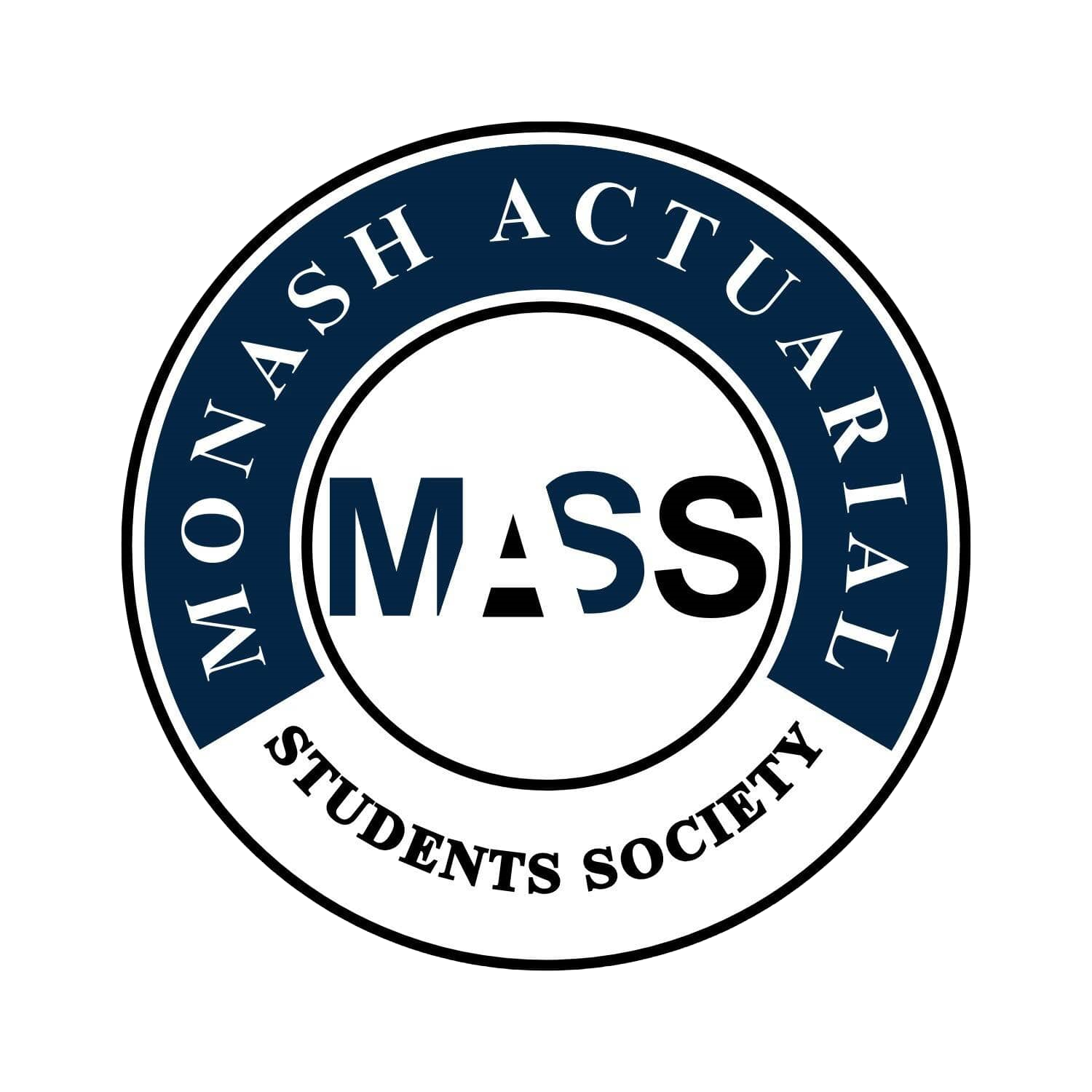ETC3520 / ETC5352 Foundations of Quantitative Finance (Sem 2, 2022)
Difficulty:
Year Completed: Semester 2, 2022
Prerequisite: ETC2430
Exemption:
CM2 Financial Engineering and Loss Reserving
ETC3420 (20%), ETC3460 (25%), ETC3520 (55%)
Weighted average of 70% required. Minimum of 60% required for each unit.
Mean Setu Score: 76.32%
Clarity of Learning Outcomes: 63.16%
Clarity of Assessments: 84.21%
Feedback: 68.42%
Resources: 78.95%
Engagement: 84.21%
Satisfaction: 78.95%
Subject Content:
Lecture(s) and Tutorial(s):
Textbook(s):
Assessments:
This unit covered utility theory, expected utility, loss aversion and investment risk, stochastic models, Brownian motion and martingales, stochastic calculus and Ito processes, stochastic models for security prices, discrete and continuous time binomial tree models, Black-Scholes option pricing formula and hedging and term structure of interest rates.
1 x 2 hour lecture
1 x 1.5 hour tutorial
While there was no prescribed textbook, a couple of textbooks were recommended by lecturer. These textbooks are not required to do well in the unit but are helpful in clarifying some of the topics taught.
2 x Online Quizzes 20% each
Final Exam 60%
Comments
This unit incorporated many different and potentially new concepts. It was very maths based, and at times concepts took a little while to conceptualise but were very interesting to learn. The unit covers some topics which are taught in finance units, so prior knowledge in these subjects is useful but not required.
The lecture slides were very comprehensive, with occasional annotations being added throughout the lecture, and worked examples being covered. These lectures covered all of the content required to answer the tutorial and assessment questions. Some of the content taught in the lectures was not examinable, which was made clear during the lectures. Some of the concepts covered were very maths based and may be hard to initially conceptualise, so it is recommended to revise parts of the lecture where these topics are covered.
The tutorial questions relate directly to the lecture content and were great preparation for the assessments. The tutor would go through the in-depth working for the tutorial questions and would also release the working on Moodle afterwards. The explanations in the tutorials and the solutions provided were very useful, so attendance for the tutorials is highly recommended.
The online quizzes were multiple choice and based on the tutorial questions so they did not prove to be too difficult. The tests however were closed book and timed, which required students to memorise formulas.
The exam was closed book and timed, with students allowed to bring in a calculator and provided with working paper. This required students to memorise formulas for the exam. The questions in the exam were similar but harder than the tutorial questions, which required a strong understanding of concepts in the tutorial questions. The exam was also quite long relative to the time limit, so it’s advised that students do plenty of practice questions so that they have time to answer all the questions in the exam. Ultimately, the exam was challenging but students who were well prepared were able to do well.
Overall, this is a unit was a challenging and interesting unit to study, where it was quite satisfying when you grasp an initially unfamiliar concept. It’s highly recommended to attend tutorials, as this greatly assists with developing a strong understanding of the concepts taught, and helps with success in the final exam.
General Overview:
Lectures:
Tutorials:
Assessments/Other Assessments
Exam
Concluding Remarks

